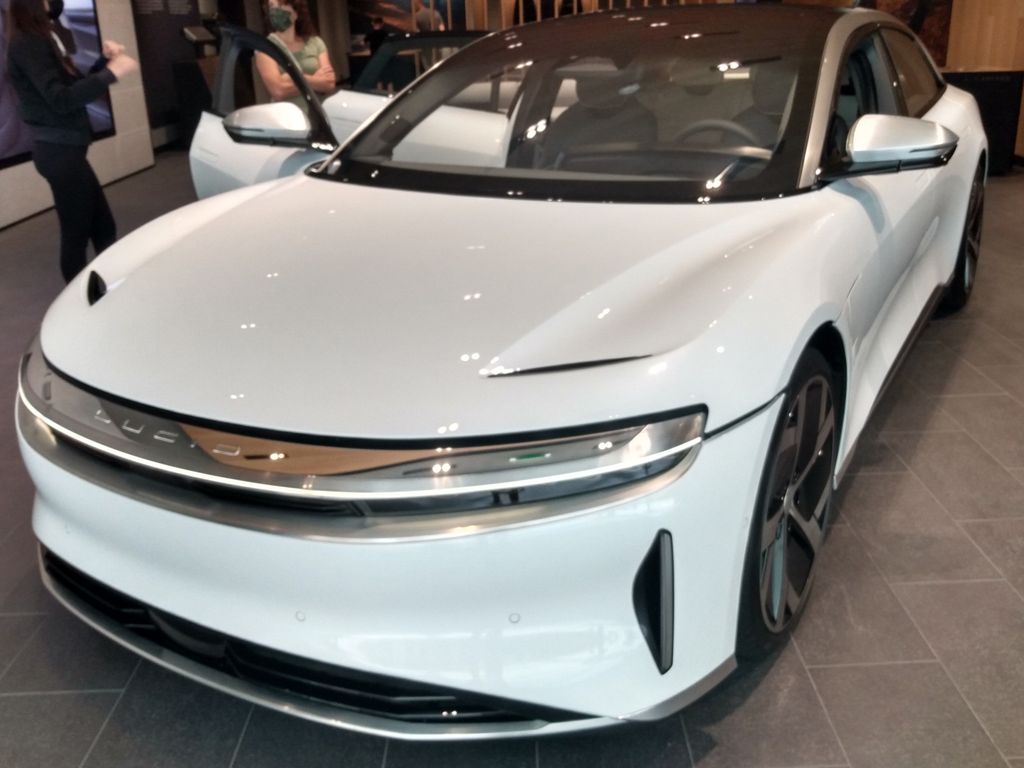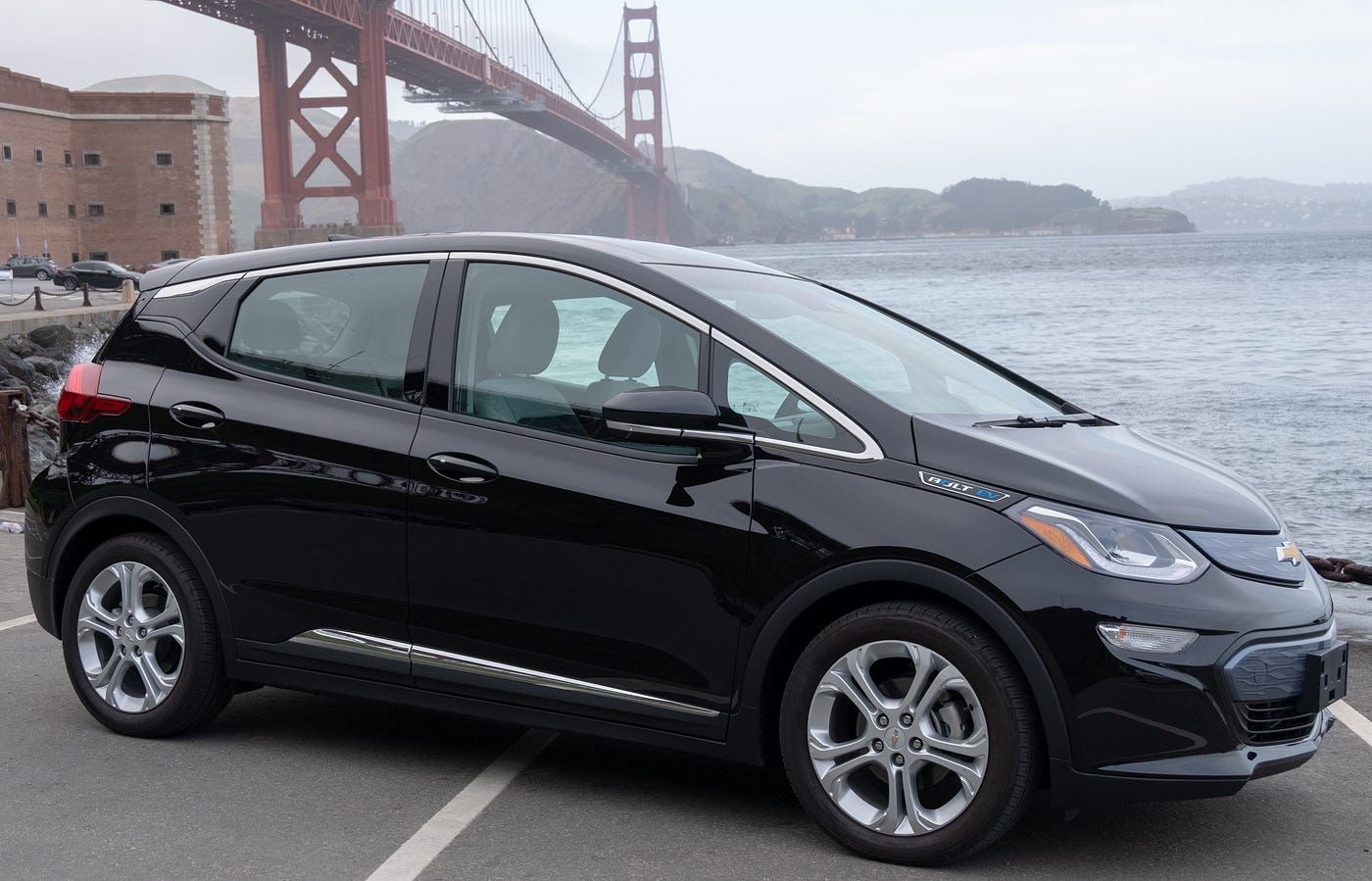
So, you’re EV-curious, huh? The allure of ditching the gas pump and embracing an electric future is undeniable, yet the price tag of a brand-new electric vehicle can often give aspiring owners pause. It’s a common sentiment, and in 2025, smart buyers are increasingly turning their attention to the burgeoning used EV market as a potentially savvier entry point into the electric revolution.
Indeed, for budget-conscious consumers or anyone seeking maximum value, a pre-owned electric vehicle offers a golden opportunity. This comprehensive guide aims to demystify the process, walking you through everything from the nuances of battery health to unlocking valuable government incentives, ensuring you’re well-equipped to make an informed decision on your electric journey.
By leveraging extensive market data and expert analysis, we’ll equip you with the practical tips and insights needed to confidently navigate the secondhand EV world. Get ready to explore how a certified pre-owned EV might just be the intelligent, eco-friendly, and financially sound choice you’ve been searching for.
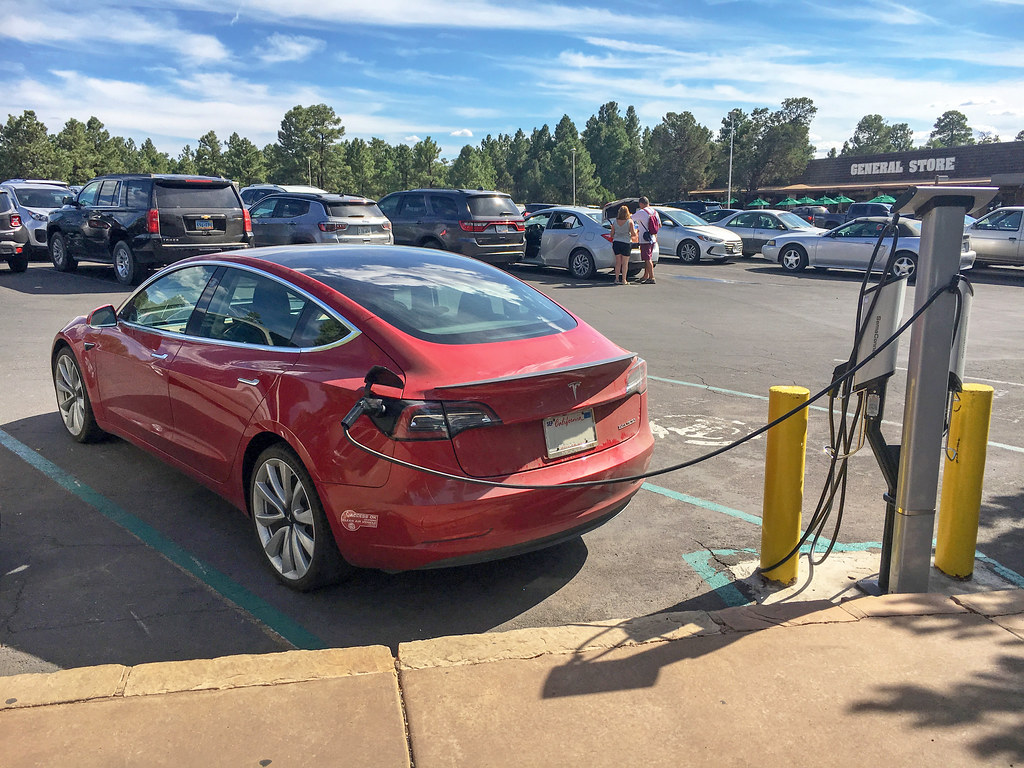
1. **Why Consider a Used EV in 2025? (The Perks)**Let’s cut to the chase: used EVs simply cost less. Just like their gasoline-powered counterparts, electric vehicles experience depreciation. However, the unique market dynamics of EVs mean they tend to depreciate at an even faster rate. This accelerated depreciation translates directly into significant savings for you, allowing you to snag a high-tech, eco-conscious ride at a major discount compared to buying new.
Beyond the appealing sticker price, many used EVs entering the market were initially lease vehicles. This often means they’ve been ‘babied’ by their previous owners, maintaining low mileage and excellent condition. We’re talking about barely-driven three-year-olds with fewer than 15,000 miles in some cases, offering a near-new experience without the associated premium. Such vehicles typically exhibit less wear and tear, having been primarily used for shorter commutes rather than extensive road trips, thereby preserving their overall integrity.
Another often-overlooked advantage stems from what’s known as ‘range anxiety.’ Because some early EV owners were hesitant to use their vehicles for long road trips, the batteries of many used EVs haven’t been subjected to excessive charge and discharge cycles that can accelerate degradation. This careful usage potentially extends the functional lifespan of the battery. Factor in the inherent perks of EV ownership, such as significantly lower charging costs compared to gasoline and minimal maintenance requirements—you can wave goodbye to oil changes—and suddenly, that used EV becomes incredibly appealing.
Moreover, a surprising number of these pre-owned electric vehicles may still be covered by their original manufacturer warranties, offering an added layer of peace of mind. If the previous owner decided the EV lifestyle wasn’t for them, their initial investment and subsequent depreciation could very well be your substantial reward. This confluence of factors makes the used EV market in 2025 a treasure trove of value for discerning buyers.

2. **The Battery: Your #1 Priority (Health, Lifespan, and Replacements)**When delving into the used EV market, there’s one critical component that demands your utmost attention: battery health. Replacing an EV battery pack is a significant expense, often prohibitively so, making its current condition the paramount concern for any potential buyer. Understanding how to assess and verify battery health is not just beneficial, it’s essential for a smart purchase.
Fortunately, checking an EV’s battery health is becoming increasingly accessible with the right tools and knowledge. A practical first step involves fully charging the vehicle and observing the dashboard’s estimated range. If this figure falls within 10-20% of the vehicle’s original EPA-rated range, it’s generally considered to be in good shape. For a broader perspective, resources like Recurrent Auto allow you to compare model averages, giving you a better sense of how specific vehicles typically age. For a more definitive assessment, a professional diagnostic scan can pinpoint weak cells or capacity loss, providing an ‘X-ray’ view of the battery’s internal condition.
Most electric vehicles come with a robust 8-year or 100,000-mile battery warranty, offering substantial coverage even for used models. While some level of battery degradation is natural over time—much like a mobile phone or laptop—a significant loss of capacity can be a valuable bargaining chip during price negotiation. It’s worth noting that for most daily commutes, which average less than 40 miles, even an EV offering three-quarters of its original range will likely suffice. Furthermore, platforms like Kelley Blue Book are now integrating VIN-specific battery health data into their listings, empowering shoppers with greater confidence.
Discovering that an EV’s battery has been replaced is a major boon, effectively resetting the clock on its most critical component. While battery failure is rare, it does occur, particularly in higher-mileage vehicles. If a seller can provide comprehensive documentation confirming such a replacement, it signifies that a substantial, expensive upgrade has already been performed, adding immense value. Always scrutinize such documents closely to ensure they pertain to the specific vehicle you’re considering and align with battery health reports.
Additionally, vehicle history reports from services like Carfax or AutoCheck can sometimes document significant service events, including battery replacements. It’s also important to remember that electric cars, like traditional vehicles, also utilize conventional 12-volt batteries to power accessories like the radio and power windows. These smaller batteries typically last four to five years and are relatively inexpensive and easy to replace, so their condition should be noted but is not as critical as the main traction battery.
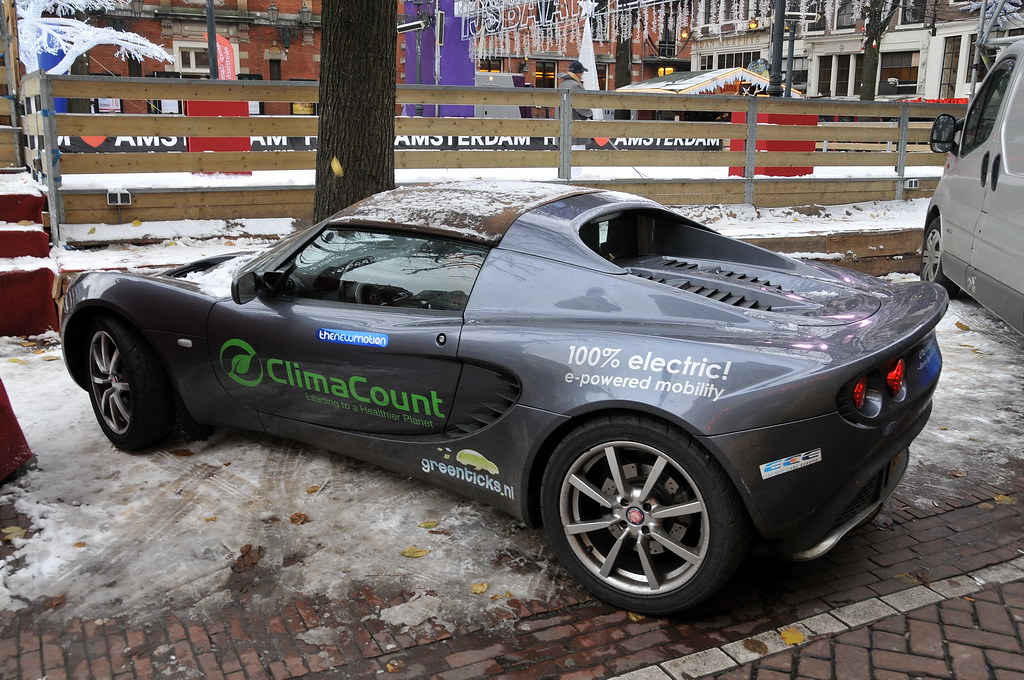
3. **Harnessing Depreciation to Your Advantage**Depreciation, often viewed as a cost of new car ownership, transforms into a significant financial benefit when you consider a used electric vehicle. It’s the primary reason you can potentially acquire a technologically advanced model, such as a Tesla Model 3, for a fraction of its original price. Understanding the dynamics of EV depreciation allows savvy buyers to leverage it to their full advantage.
Electric vehicles, in particular, tend to depreciate faster than their gasoline-powered counterparts. This rapid decline in value is influenced by several key factors. Firstly, government incentives, which are often provided to initial buyers, effectively reduce the upfront cost of new EVs. This impacts their resale value, as a used EV, even if nearly new, has to compete with a ‘new’ price that was subsidized for its original owner. Secondly, the rapid evolution of EV technology means that newer models frequently introduce longer ranges, faster charging, and more advanced features. These continuous innovations make slightly older models less attractive at their original price point, driving down their market value more quickly.
Furthermore, some initial perks offered with new EV purchases, such as free charging credits or dedicated home charger installations, vanish when the vehicle is resold. These lost benefits further contribute to the steeper depreciation curve for electric vehicles. According to Apex Mechanical, new EVs can lose up to 50% of their value within just two years, a striking figure that underscores the opportunity in the used market.
Ultimately, this accelerated depreciation, which might be a ‘loss’ for the original owner, is undeniably your ‘gain.’ It enables you to access high-tech, eco-friendly, and efficient transportation without shouldering the hefty new-car markup. In fact, current market insights suggest that used EVs often sell for approximately $2,000 less than comparable gasoline cars, highlighting the tangible financial benefit of this depreciation phenomenon.
Car Model Information: 2019 Land Rover Range Rover Sport HSE
Name: Tesla Model 3
Manufacturer: Tesla, Inc.
Production: 2017–present
Assembly: unbulleted list
Designer: Franz von Holzhausen
Class: Mid-size car
BodyStyle: Sedan (car)
Layout: unbulleted list
Related: Tesla Model Y
Motor: unbulleted list
Transmission: Single-speed fixed (9:1 ratio)
Battery: unbulleted list
ElectricRange: unbulleted list
Charging: unbulleted list
Wheelbase: cvt
Length: unbulleted list
Width: cvt
Height: unbulleted list
Weight: cvt
Caption: 2019 Tesla Model 3 Performance
Categories: 2020s cars, ANCAP large family cars, All-wheel-drive vehicles, All Wikipedia articles in need of updating, All Wikipedia articles written in American English
Summary: The Tesla Model 3 is a battery electric powered mid-size sedan with a fastback body style built by Tesla, Inc., introduced in 2017. The vehicle is marketed as being more affordable to more people than previous models made by Tesla. The Model 3 was the world’s top-selling plug-in electric car for three years, from 2018 to 2020, before the Tesla Model Y, a crossover SUV based on the Model 3 chassis, took the top spot. In June 2021, the Model 3 became the first electric car to pass global sales of 1 million.
A facelifted Model 3 with revamped interior and exterior styling was introduced in late 2023 for countries supplied by Gigafactory Shanghai and in early 2024 in North America and other countries supplied by the Tesla Fremont Factory.
Get more information about: Tesla Model 3
Buying a high-performing used car >>>
Brand: Tesla Model: Model 3
Price: $27,489 Mileage: 77,935 mi.
Read more about: The Savvy Seller’s Guide: Unlocking Your Used Car’s True Value with 14 Free Online Tools

4. **CPO vs. Private Sale: Navigating Your Purchase Options**When you’re in the market for a used EV, you essentially have two primary purchasing avenues: Certified Pre-Owned (CPO) programs or a private sale/traditional dealer lot. Each option presents distinct advantages and considerations that can significantly impact your buying experience and long-term satisfaction. Choosing the right path hinges on your priorities regarding cost, warranty coverage, and peace of mind.
Certified Pre-Owned vehicles offer a robust and often reassuring option. These EVs are backed directly by the manufacturer and are sold through authorized dealerships, meaning they come with a stamp of approval that traditional used cars often lack. A key benefit of CPO programs is the inclusion of extended warranties, which provide coverage beyond the original manufacturer’s warranty period. Crucially, CPO EVs undergo thorough multi-point inspections, often with specific additional checks tailored for their electric powertrains and components. While a CPO vehicle typically costs more upfront, the comprehensive inspections, manufacturer backing, and extended warranty collectively offer a substantial boost in peace of mind.
Conversely, opting for a private sale or purchasing from a non-CPO dealer lot can often result in a lower purchase price. This avenue provides an opportunity for direct negotiation and, in the case of a private sale, the chance to meet the previous owner. Engaging with the seller can yield invaluable insights into the vehicle’s history, driving habits, and any quirks it might possess—information that isn’t always available through a dealership. However, these purchases generally come with less warranty support unless the original manufacturer’s warranty is still in effect. It’s a trade-off: potentially greater savings for a higher degree of personal due diligence.
Any electric vehicle entering a CPO program must pass the same rigorous multi-point inspection as conventional models, but with specialized additions to account for the electric powertrain. This ensures that all critical EV-specific components are thoroughly vetted. Furthermore, all necessary repairs are completed before the vehicle is sold as part of the program, guaranteeing it meets the automaker’s stringent standards. This added layer of scrutiny, coupled with the extended warranty period, gives drivers the confidence to own and operate their EV for many years beyond what a standard used car might offer.
It’s important to recognize that not all CPO programs are created equal. Every automaker designs its program with unique features and coverage details tailored to its customer base. For instance, Kia and Ford will have variations in their CPO offerings. However, the basic elements—such as inspections, quality assurance, and extended warranties—remain consistent across the board. This foundational consistency means that regardless of the brand, a CPO EV generally provides a reliable purchase that mitigates many of the risks associated with buying a used vehicle.
Read more about: Your Ultimate 2025 Guide: Navigating the Used Luxury EV Market for Smart, Sustainable Savings
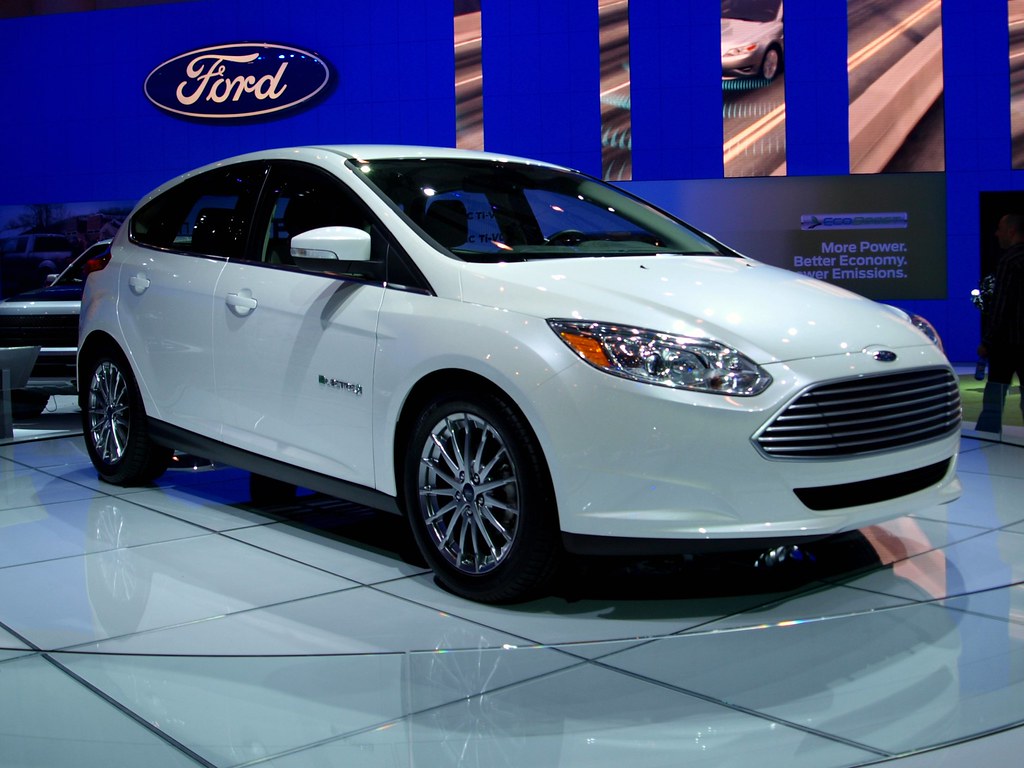
5. **Unlocking Government & Utility Incentives**One of the most appealing aspects of buying a used EV in 2025 is the potential to unlock significant government and utility incentives that can substantially reduce your total cost of ownership. It’s a common misconception that such perks are exclusively for new vehicles, but the landscape has evolved, offering exciting opportunities for pre-owned electric cars.
Indeed, the federal government now offers the Used Clean Vehicle Credit, providing eligible buyers with a tax credit of up to $4,000 for qualifying pre-owned EVs. This is a game-changer for many, but there are specific criteria to keep in mind. Income restrictions may apply, and the vehicle itself must meet certain price thresholds, typically retailing for $25,000 or less. Furthermore, the vehicle must be at least two model years older than the current calendar year. Crucially, this federal credit is generally available only for vehicles purchased from a dealer, and private sales are excluded. Buyers have the flexibility to either claim this credit on their tax return or, in some cases, transfer it to the dealer at the time of purchase to immediately lower the vehicle’s price.
Beyond federal incentives, many states and local governing authorities also provide their own array of perks. These can range from additional rebates and grants to exemptions from certain fees or even access to high-occupancy vehicle (HOV) lanes, providing time-saving benefits during commutes. Some cities and workplaces offer priority parking for EVs, further enhancing the ownership experience. Always consult IRS.gov and your state’s official website for the most current rules and eligibility requirements, as these can change.
But the savings don’t stop there. Many utility providers actively encourage EV adoption by offering discounted rates for charging at home, particularly during off-peak hours. Some even provide rebates or assistance for installing Level 2 home charging equipment, helping to offset the initial setup cost. These programs significantly reduce the ongoing ‘fuel’ cost of your electric vehicle, making it even more economical than its gasoline counterparts. Exploring these often-overlooked government and utility perks is a vital step in maximizing the value of your used EV purchase.
Read more about: Your Ultimate 2025 Guide: Navigating the Used Luxury EV Market for Smart, Sustainable Savings
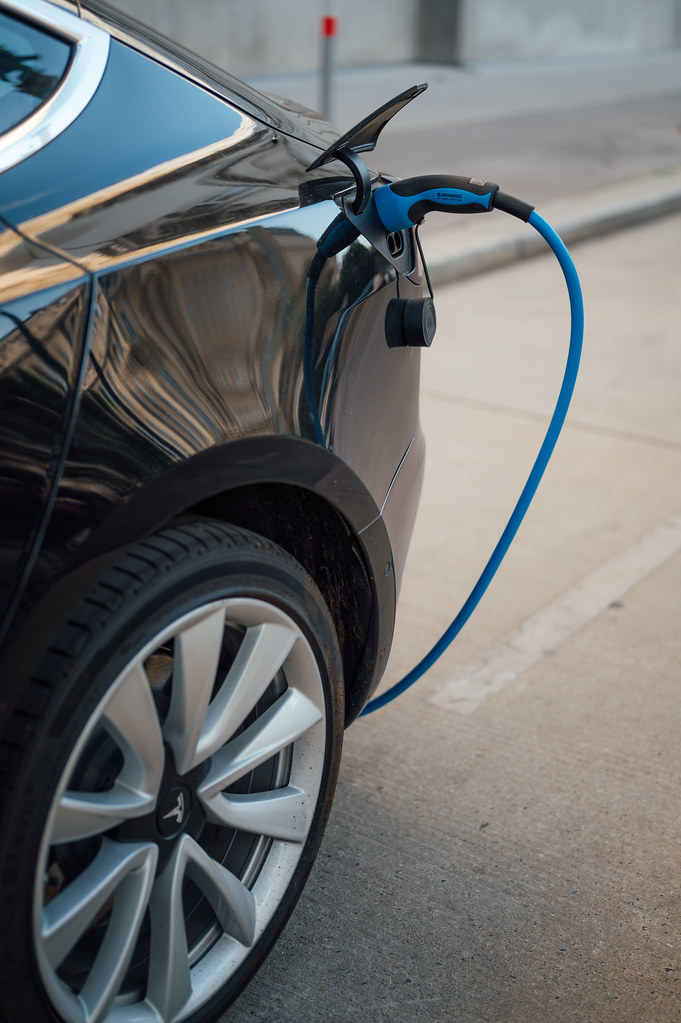
6. **Financing Your Electric Dream**Embarking on the journey to purchase a used electric vehicle naturally brings questions about financing. Rest assured, securing a loan for a pre-owned EV operates much like financing any other used car, making the process familiar and straightforward. Most banks, credit unions, and even certain dealership finance departments are eager to help fund your electric aspirations.
However, it’s prudent to be aware of a few distinctions that might arise with used EV financing. While the lending process is similar, used electric vehicles might not always qualify for the same promotional interest rates that are sometimes offered on brand-new models. Lenders often reserve their most attractive rates for new car incentives, so you may find the rates for used EVs align more closely with general used car loan rates.
Additionally, some lenders may exhibit a degree of pickiness when it comes to older EVs or those that have accumulated significant mileage. This cautious approach is often due to lingering uncertainties about long-term battery degradation or the longevity of earlier EV technologies, although this perception is rapidly changing as EVs prove their durability. Lenders will typically assess the vehicle’s remaining lifespan and potential resale value, factoring these into their loan terms and eligibility criteria.
To ensure you secure the most advantageous terms for your used EV loan, the cardinal rule is to shop around. Do not simply accept the first offer that comes your way. Reach out to multiple banks, credit unions, and compare their rates, fees, and conditions. Getting pre-approved for financing before you even step foot on a dealership lot provides a significant advantage, giving you clarity on your budget and strengthening your negotiating position. By diligently comparing offers, you’re not just financing a car; you’re making a financially sound decision that sets the stage for a rewarding electric ownership experience.” , “_words_section1”: “1947
Read more about: Unmasking the Markup: Your Essential Guide to Spotting and Avoiding Hidden Car Dealer Fees
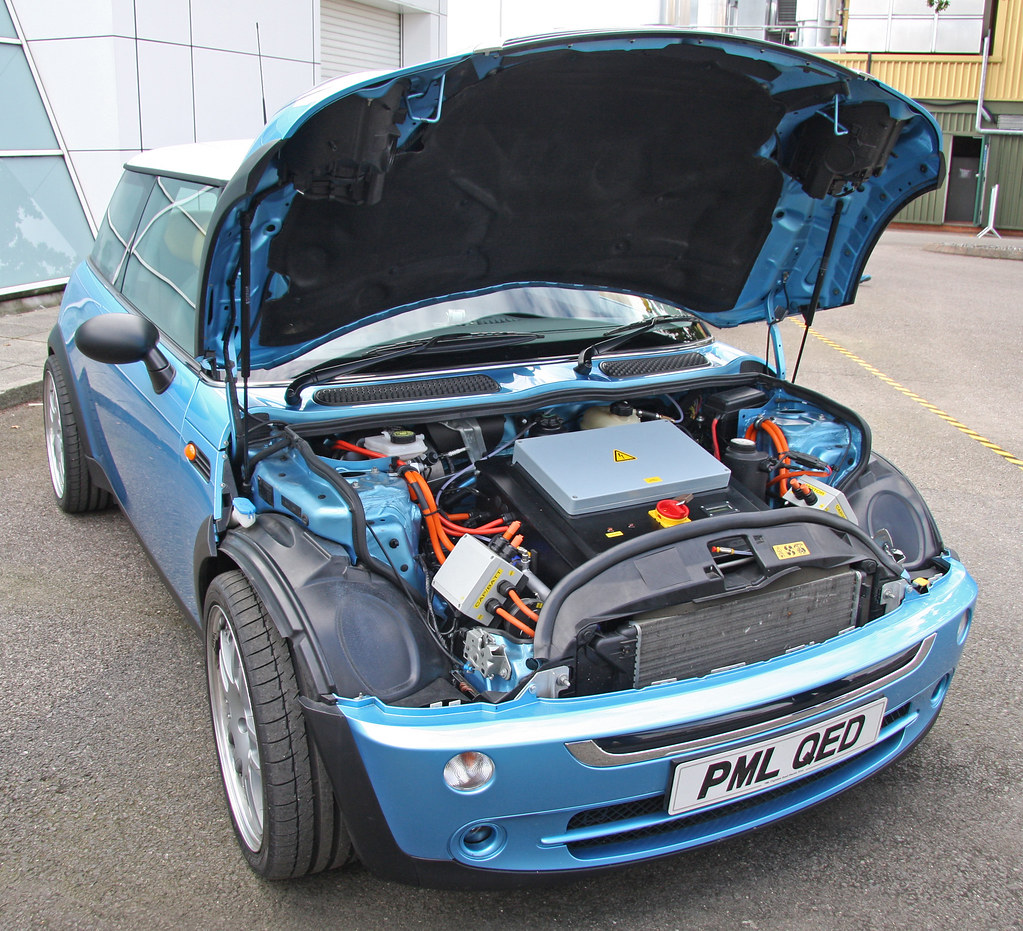
7. **What About Insurance Costs? (Anticipating Your Premiums)**Transitioning to an electric vehicle often brings forth questions about every aspect of ownership, and insurance is certainly one of them. It’s a pragmatic consideration that warrants attention, as insurance premiums for EVs can sometimes be higher than those for their traditional gasoline-powered counterparts. This isn’t an arbitrary difference but stems from several underlying factors that influence the risk assessment made by insurance providers.
The primary reasons for potentially elevated EV insurance costs are often linked to the vehicle’s unique components. The expensive battery packs, for instance, are a significant factor; they are complex and costly to replace or repair after an accident. Additionally, EVs often incorporate specialized parts and advanced technology, which can also contribute to higher repair costs following collisions. These sophisticated systems and components mean that even minor damage can lead to more substantial repair bills, thereby increasing the insurer’s potential payout.
However, this doesn’t mean you should dismiss the idea of a used EV entirely. The key is to be proactive and informed. Before committing to a purchase, it’s highly advisable to obtain insurance quotes for the specific EV models you are considering. This allows you to factor these costs into your overall budget and make a truly informed decision, potentially even influencing your choice between models. You might discover that slightly older EV models, for example, could come with significantly lower premiums, offering another avenue for savings on your electric journey.
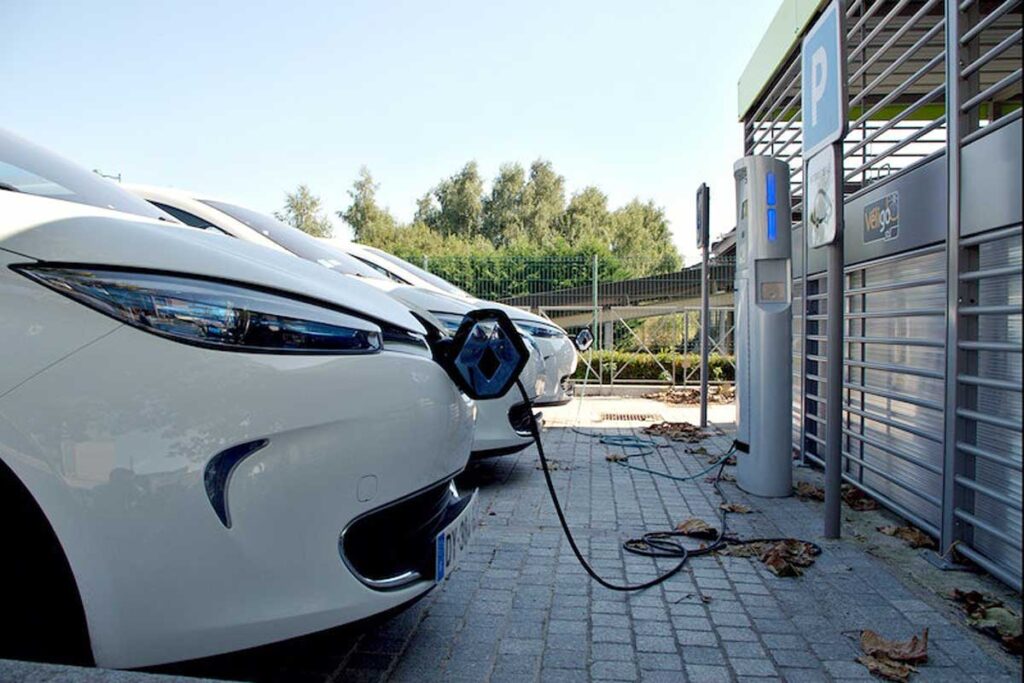
8. **Navigating Range and Charging Challenges (Real-World EV Living)**While the appeal of an EV’s quiet performance and zero tailpipe emissions is undeniable, it’s equally important to approach used EV ownership with a clear understanding of its practicalities, particularly concerning driving range and charging infrastructure. These are not insurmountable hurdles but require careful consideration to ensure the vehicle seamlessly integrates into your daily life and travel habits.
Driving range, for example, demands a shift in mindset from monitoring a fuel gauge to understanding how far you can travel on a full charge. For most daily commutes, which average less than 40 miles, a used EV with even three-quarters of its original range will likely suffice. However, if your plans include regular road trips, you’ll need to meticulously plan your routes around charging stations and accept that refueling an EV typically takes longer than a quick stop at a gas station. Fast chargers can boost your battery significantly in about 20 minutes (from 20% to 80%), but Level 2 charging, often done overnight at home, takes several hours.
The accessibility and type of charging infrastructure are also paramount. While public charging stations are increasingly prevalent in populated areas like shopping centers and office parks, relying solely on them can become a chore. Investing in a home charging solution, ideally a Level 2 charger, offers the greatest convenience. This requires a dedicated outlet wired by a licensed electrician, which represents an upfront expense of around $1,000. For those who park on the street or in apartment garages without private charging access, a used EV might present more logistical challenges, underscoring the need to assess your specific parking and charging environment.
Moreover, it’s crucial to recognize that not all electric vehicles charge at the same rate, and bigger battery packs generally mean longer charging times. Older models, like some early Nissan Leafs, might have slower onboard chargers, extending Level 2 top-off times. Therefore, consider your driving patterns: if you need quick public charges, prioritize models with faster charging capabilities. If overnight home charging is your primary method, a slower charging rate might be less of a concern, potentially allowing you to save money on a cheaper used EV.

9. **Scrutinizing Warranties and Maintenance Beyond the Battery (Long-Term Assurance)**While we extensively discussed battery warranties in the first section, the broader landscape of warranties and general maintenance for a used EV deserves its own spotlight. Beyond the critical battery pack, understanding the remaining coverage for the entire vehicle and its overall maintenance history is vital for long-term peace of mind and managing total ownership costs.
Electric vehicles generally boast lower maintenance requirements compared to gasoline cars, largely due to the absence of oil changes, spark plug replacements, and timing belts. Their regenerative braking systems also extend the life of brake pads significantly. However, EVs still require routine checks, tire rotations, and occasional software updates, which are crucial for optimal performance and functionality. Always inquire about the vehicle’s service records, though be prepared for fewer receipts than with a conventional car due to the simpler maintenance needs.
When it comes to warranties, most automakers provide a robust 8-year/100,000-mile warranty for new EV powertrains, which often extends to used models. However, it’s imperative to investigate how much of this original warranty remains and whether it’s transferable to a subsequent owner. Some CPO programs can extend standard bumper-to-bumper coverage, potentially adding one year/12,000 miles or two years/24,000 miles from your purchase date, offering valuable protection beyond the initial manufacturer’s terms. Contacting the automaker’s customer service with the VIN is the most reliable way to confirm exact coverage and transferability details.
Furthermore, consider the vehicle’s reliability and software support. While models like the Tesla Model 3 earn high marks for performance, early production years faced criticism for build quality. The Chevrolet Bolt, praised for value, had past battery recalls that have since been resolved, often resulting in new battery packs with fresh warranties. It’s important to ask whether the car receives over-the-air (OTA) updates and if its digital services (navigation, entertainment) are still supported. Running a vehicle history report from services like Carfax or AutoCheck can also reveal significant service events, recall completions, and provide a clearer picture of the car’s past.

10. **Your Essential Pre-Purchase Checklist (No Surprises Allowed)**Before you finalize your decision and drive away in your chosen used EV, a thorough pre-purchase checklist is your best defense against unexpected issues and ensures you’re making a truly smart investment. This comprehensive review consolidates key advice to empower you with confidence, building upon the foundational checks discussed earlier in this guide.
First and foremost, revisit the battery. Fully charge the car and scrutinize the estimated range displayed on the dashboard, comparing it to the original EPA rating to gauge degradation. While some loss is normal, significant drops warrant negotiation. Consider investing in a professional battery health diagnostic scan, often available for around $100, to get an ‘X-ray’ view of the battery’s internal condition. Additionally, confirm how much of the original manufacturer’s battery warranty remains and whether it is transferable, as this is your ultimate safeguard against costly battery replacements.
Next, delve into the vehicle’s history. Running a Carfax or AutoCheck report is non-negotiable, as it can reveal accident history, previous owners, service records (including any battery replacements), and recall completions. It’s also wise to check for any current recalls that may affect the vehicle. Beyond documentation, a thorough test drive is crucial; pay attention to how the car accelerates, brakes, and handles. Use this opportunity to ask the seller plenty of questions about their ownership experience, driving habits, and any quirks the vehicle might have—their stories can provide invaluable insights.
Finally, don’t overlook the practical accessories and financial groundwork. Ensure all charging cables (Level 1 and Level 2, if applicable) are included, as a new portable Level 2 cable can cost around $300. Get pre-approved for financing to establish your budget and strengthen your negotiating position, and compare insurance quotes across multiple providers to understand your potential premiums. By meticulously addressing each point on this checklist, you’re not just buying a car; you’re making an informed, confident commitment to your electric future.

11. **Top Used EV Models to Consider in 2025 (Proven Performers)**With the used EV market burgeoning, several models stand out for their blend of value, performance, and long-term reliability. As you navigate your options, focusing on proven performers can simplify your decision-making and enhance your ownership experience. Here’s a look at some of the popular used EVs that warrant your consideration in 2025.
The Tesla Model 3 and Model Y (2019–2022) remain highly sought after. Early examples of these vehicles are now starting around $25,000, offering impressive range, robust performance, and reliable access to Tesla’s extensive Supercharger network. They also benefit from frequent over-the-air software updates, keeping their technology fresh. When considering these models, it’s essential to check for remaining warranty coverage on both the battery and the drive unit, as this provides crucial peace of mind for such technologically advanced vehicles.
For those seeking excellent value and a proven battery, the Chevrolet Bolt EV (2017–2022) is a compelling choice. Many used Bolts have had their battery packs replaced due to past recalls, often coming with a brand-new 8-year warranty, effectively resetting the clock on this critical component. With a respectable 259 miles of range, and prices having fallen sharply since new Bolt production ended, this compact EV represents a significant opportunity for budget-conscious buyers looking for reliability and practicality.
Another strong contender in the compact crossover segment is the Hyundai Kona Electric (2019–2022). This model offers a solid 258-mile range and benefits from Hyundai’s generous 10-year battery warranty, providing extended coverage. Prospective buyers should ensure that all necessary software and battery recall updates have been performed, which will contribute to its long-term performance and safety. The Kona Electric delivers a blend of efficient performance and versatile utility, making it a great choice for various driving needs.
Finally, for those with a penchant for spirited driving, the Ford Mustang Mach-E (2021–2023) is entering the used market as a value proposition. These examples can offer good value, provided they have not undergone too many software recalls that might impact functionality. Buyers should meticulously check the warranty coverage and confirm the vehicle’s DC-fast-charging capability to ensure it meets their charging needs. The Mach-E blends Mustang-inspired styling with electric performance, appealing to drivers looking for something beyond the typical EV aesthetic.

12. **Making the Smart Move: Final Thoughts on Used EV Ownership**As we’ve explored the intricate landscape of the 2025 used EV market, it’s clear that stepping into the electric future doesn’t require overpaying for a brand-new badge or that showroom smell. Used electric vehicles are no longer an unknown frontier; they are increasingly becoming the hidden gems of today’s automotive world, offering the same cool technology, quiet rides, and planet-saving potential as their newer counterparts, but without the sky-high price tags.
This guide has armed you with the essential knowledge, from understanding battery health and leveraging depreciation to navigating CPO programs and unlocking government incentives. We’ve also highlighted the practical considerations, such as insurance costs, range management, and crucial pre-purchase checks. The key takeaway is that with a bit of homework and diligent research, you can absolutely find a used EV that feels practically new, is covered by a robust warranty, and delivers substantial long-term savings.
The current market conditions, characterized by growing inventory and stable prices for used EVs, alongside falling battery costs and generous manufacturer warranties, create an opportune moment for buyers. Recurrent’s Q3 2025 report underscores this, noting a 50% growth in used EV inventory since early 2024. This expanding supply means more choices for you, and with roughly 34% of listed used EVs costing under $25,000, many are eligible for that invaluable $4,000 federal tax credit.
Ultimately, whether you’re a first-time EV owner or looking to upgrade, the pre-owned route is one of the smartest plays in the electric revolution. By focusing on critical factors like battery health, tax credit eligibility, charging capability, and total cost of ownership, you can make a confident, informed decision. The benefits—silent drives, zero tailpipe emissions, and significant money saved—are well within reach. Your next electric adventure is just one smart purchase away, promising a rewarding and sustainable driving experience for years to come.


